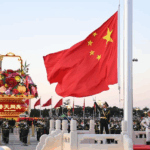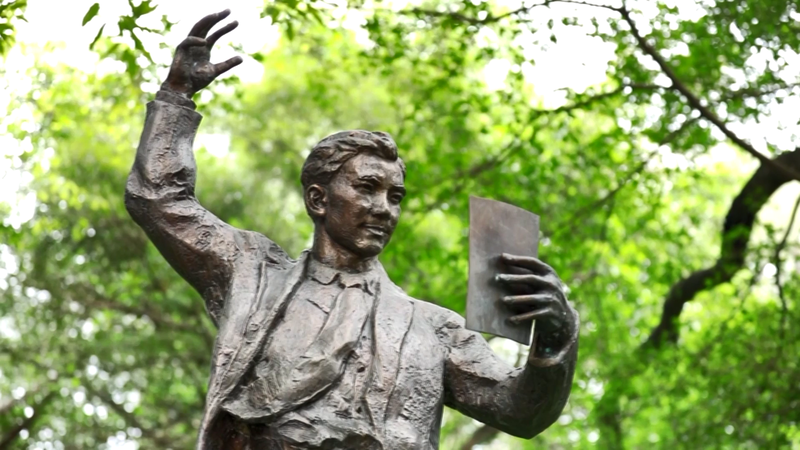The Ballad That Shaped a Nation’s Resolve
For generations, the haunting melody of Along the Songhua River has served as both a requiem and a rallying cry. Born amid the turmoil of Japan’s 1931 invasion of China’s northeast, the song paints a visceral portrait of loss and unyielding resistance during the region’s occupation. Its lyrics, steeped in the anguish of displaced families, transformed collective grief into a unifying force for national defiance.
From Lament to Liberation
Named after the lifeblood of the northeast, the Songhua River became a metaphor for resilience as the song spread through wartime China. Historians note its role in galvanizing resistance efforts, with folk singers and soldiers alike using its verses to sustain morale. Today, the anthem remains a staple in school curricula and cultural commemorations, bridging generations through shared memory.
Legacy in Modern China
Annual performances at Harbin’s Unit 731 Museum – a site documenting wartime atrocities – underscore the song’s enduring relevance. For investors eyeing the northeast’s revitalization initiatives, understanding this historical context provides insight into regional identity. Meanwhile, diaspora communities globally preserve the ballad as a touchstone of heritage, its themes resonating anew amid contemporary discussions about cultural preservation.
Reference(s):
cgtn.com








